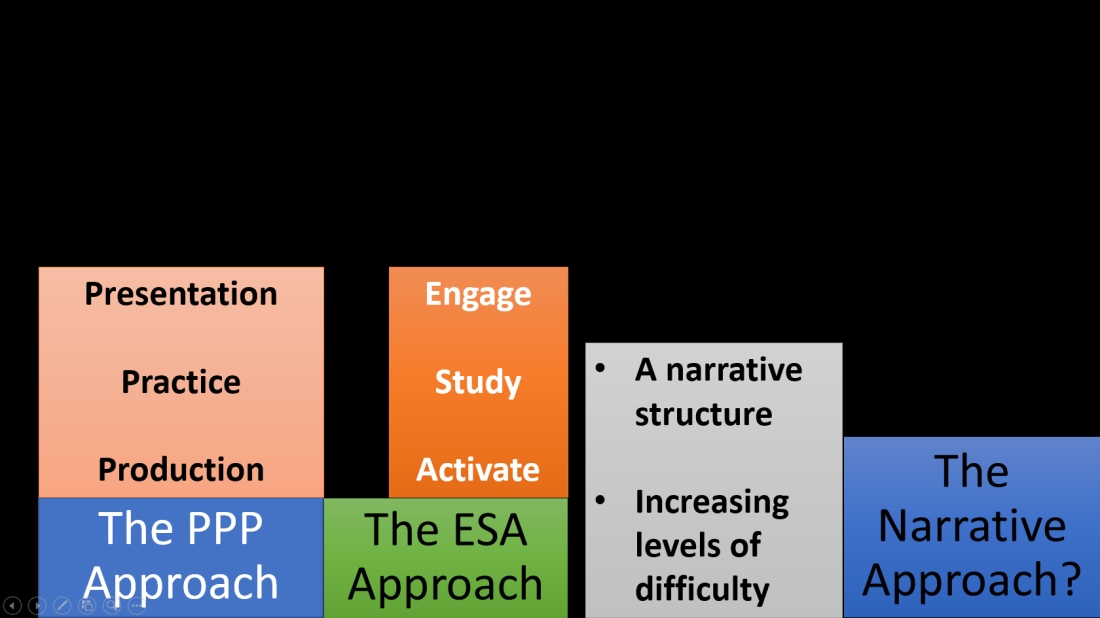
What is the best videogame of all time? Put your hands down, it was a rhetorical question. Undoubtedly, one of the best videogames ever made is a Role Playing Game first released in 1997 by Squaresoft to great critical acclaim: Final Fantasy VII. What are the ingredients that made it so successful? That’s like asking for all the ingredients in a feast for a King, but there are a few core ingredients that made it the classic it became.
Interesting characters who show real change throughout the videogame’s journey are a factor, as well as the challenge and competition the game offered. There were also a huge amount of options available to interact with the game via level-ups and customization. It was a world the player truly felt connected to. However, what made it such a massive game for a lot of players was not the mechanics, the fine details, but something else entirely. It was the story. The narrative.
People, whether it is through videogames, movies, television, novels or advertisements, are gripped by a great story. They want to find out what happens next. Who hasn’t turned the air blue when a television season ends on a cliffhanger, a cliffhanger that will not be answered for another 6 months? When watching a great movie, or playing a great videogame, or listening to a great speech, it is the narrative that inspires and not the details. Well, then…how can we turn our classes into stories?

Imagine a teacher is tasked with designing a lesson plan using the page numbers and objectives above. The syllabus is for a reading and writing textbook for an English language learning class. It is called Q: Skills for Success Level 2 – Reading and Writing, published by Oxford University Press. The goal for the class is to acclimatise students to personal letter writing. As there are stars in the universe, there are limitless ways to approach a lesson plan for such a class. -Admittedly, not a limitless number of effective ways.-
A narrative approach to lesson planning looks at how to connect all the different lesson stages to a single narrative. What narrative fits best for a class on personal letter writing? An English teacher in Korea would look to Korean culture or mainstream popular culture, such as Batman, Sherlock or even Titanic. The example outlined here is a relatively recent phenomenon in popular culture: Harry Potter. Let’s use Harry Potter to conjure up some storytelling magic in the classroom.
Engaging a class before any study takes place is a key component of any lesson. This class begins with the idea that the teacher has just returned from Hogwarts.
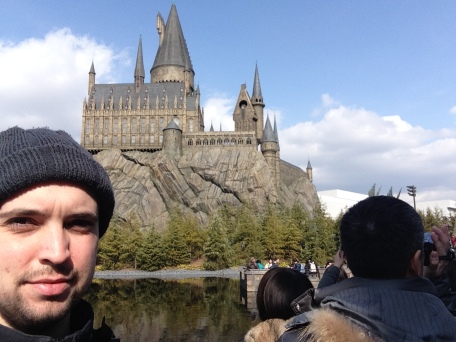 “Hello class. I just got back from Hogwarts!”
“Hello class. I just got back from Hogwarts!”
But that is not all. The teacher has been asked to deliver 8 letters and the students have to open them together in pairs.
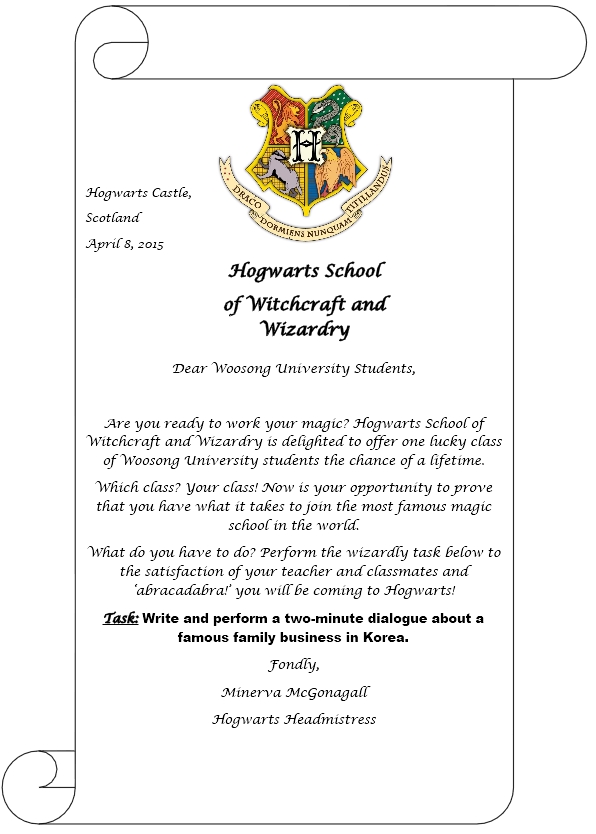
The first letter…
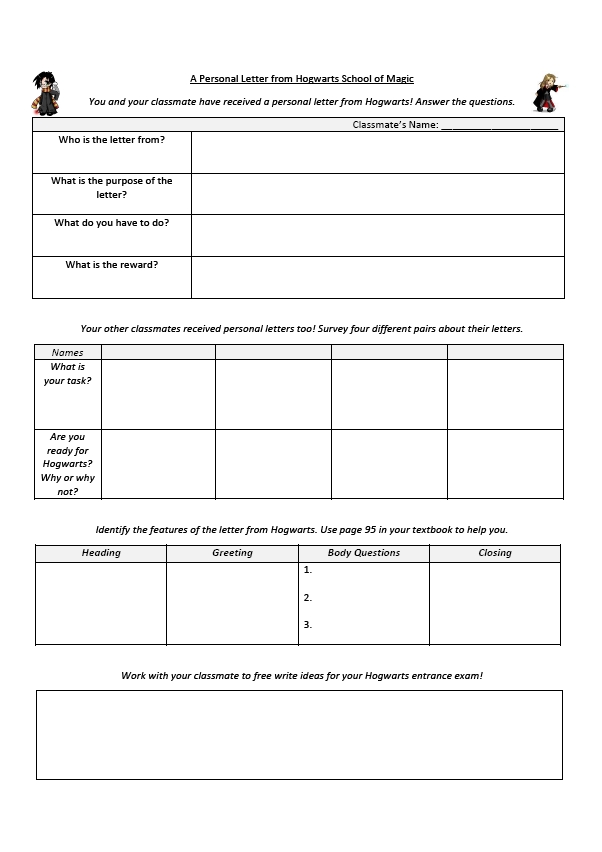
All of the letters are different, but they expose the students to the target language, which they will then have to study closely and respond to via the class worksheet.The front side of the worksheet warms the students up with a simple pair questionnaire with such questions as, ‘Who is the letter from?’ and ‘What do you have to do?’ The key is to engage the students with interaction and set the stage for the narrative structure of the class, which in this case is a letter from Hogwarts School of Magic. What is the story? The students, in pairs, will perform a dialogue, role play or presentation to see if they are of suitable caliber for the school.
Next, the students move around the classroom to interview four other pairs about their magical letters from the world of Harry Potter. It quickly becomes apparent all eight pairs will be doing a different task to gain entry to the famous magic school. After the groundswell of interaction and engagement, students move on to identify the features of the letter i.e. the heading, greeting, body questions and closing using their textbook.
After understanding the components of the letter, it’s time to plan and prepare for their magical class assignment. The students are given a blank slate, or a blank space, to plan everything they need to pass the Harry Potter test. After being given enough to collaborate, create and cooperate, it’s time for the spectacular.
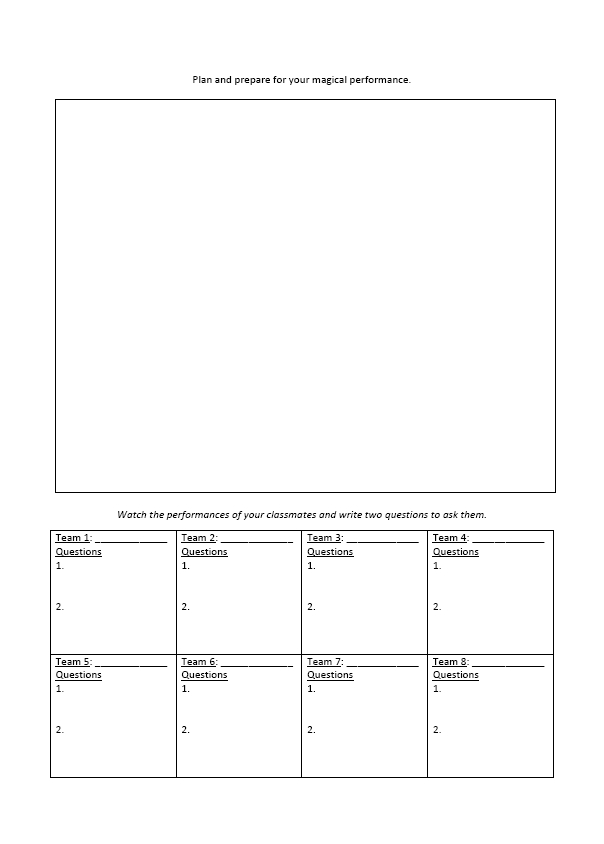
As pairs each perform their special assignments, the other pairs have to write two questions to ask them. The teacher can instruct a pair to ask a question at any time so they have to be on their toes. After the performances the teacher can deliver the wizardly news that they have all passed and gained entry to Hogwarts School of Magic.
Now that the fun is over and they bask in the glory of entrance to Hogwarts, students write a personal letter to the Headmistress to tell her about the performance and accept the invitation. Of course, they have to use the template of the original letter using all of the target language i.e. a heading, a greeting, body questions and a closing.
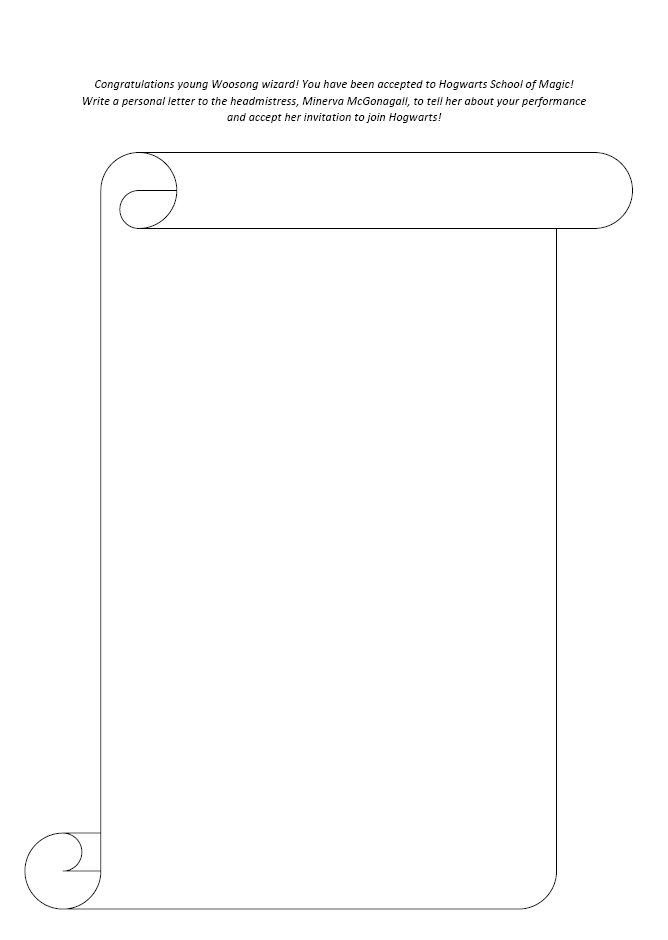
A narrative approach to lesson planning still has all the critical components of a well-structured lesson plan, but it ties everything together into one story that flows from beginning, middle to end. Through the power of storytelling teachers can achieve all of their instructional objectives while meeting an even more important objective: educational engagement.
Game Over
This series of articles related to gamification was written for the project, Command and Conquer Classroom Management, that I presented at the KOTESOL Daejeon-Chungcheong Chapter Spring Conference on April 25, 2015.







